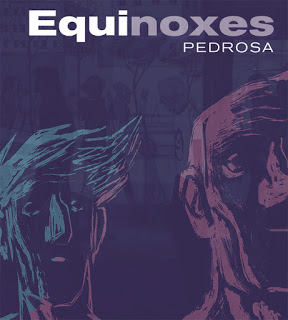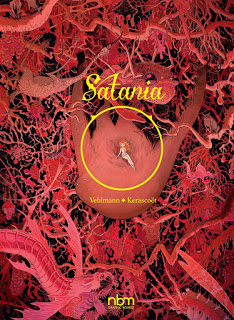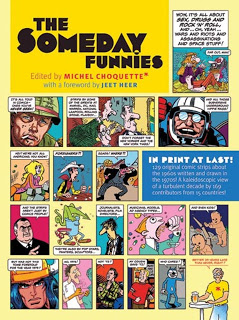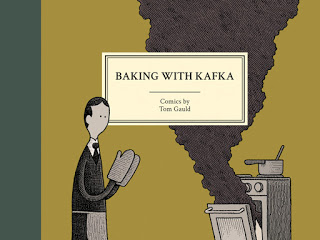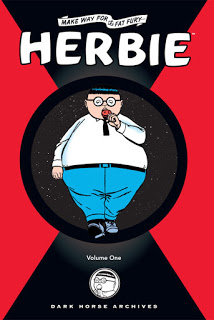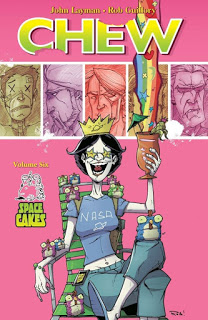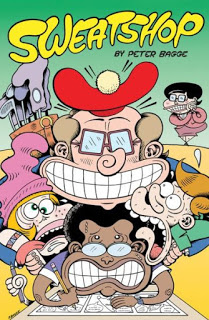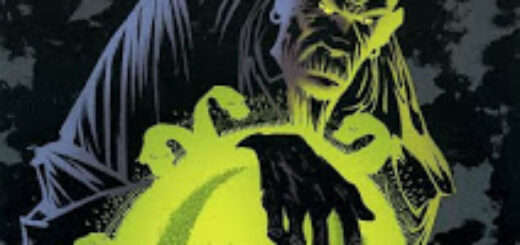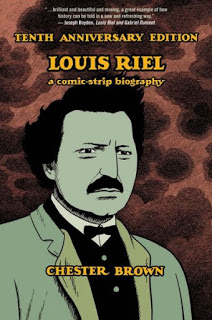Book-A-Day 2018 #18: Equinoxes by Pedrosa
The hardest thing, for me, is to write on a book about normal people’s normal lives — without the genre trappings of excitement and violence, without the framework of some standard plot, without being able to do the Hollywood high concept thing of matching a new work with X and Y from the past. When that book is in comics form, and a lot of the heavy lifting of emotion and connection and scene-setting and time passing is done through art, it’s even harder: I’m not artistically trained, and I don’t have a strong vocabulary to talk about those elements.
So, um, Equinoxes is a big, stunning book, sprawling across a whole year and a large chunk of France, with a large cast, not all of whose names we learn. It comes from Cyril Pedrosa, who in that European-comics style is usually credited with just his last name, and whose work I haven’t seen since the heartbreakingly wonderful Three Shadows in 2008.
Pedrosa organizes his book around the four seasons, starting in autumn — and, yes, he is eliding solstices into equinoxes to make the structure work, but let’s not be too much astronomical sticklers right now, OK? Each section begins with a wordless series of small panels about a Mowgli-like hunter-gatherer, somewhere at some time. (We will get other hints about him later.) Then the main action begins, set in France in what I think is the present day. (But everyone has flip phones, so maybe it’s supposed to be about ten years ago, sometime in the mid-aughts.)
There are two main clusters of characters, one centered on the middle-aged divorced orthodontist Vincent and his teenage daughter Pauline and the other on the aged ex-radical Louis. There’s also a photographer, not connected to either of those groups, who wanders through the action, another young woman, a little older than Pauline, trying to find her place in the world and work that will give her meaning. There are two kinds of text interruptions to the flow of comics — one is directly the thoughts of the photographer as she grapples with her life, and the other, I think, is her flow-of-consciousness impression of the person she’s just photographed. She adds another level of art to Equnoxes, which already is about, at heart, the big questions: what gives meaning to life, how should we live, how do we relate to each other, what brings people together and pulls them apart.
This is not a book of plot. It is a book of connections and daily life, of moments that feel small at the moment but maybe aren’t, of what to do with today and tomorrow and tomorrow, of the things that break into your life and shake it all up.
If I were French, I think I’d know where this takes place: it’s somewhere specific, I think, a small city on or near the coast. The places in it are real and solid, and we see a few of them repeatedly from different angles and in different seasons.
The people are equally real: Vincent is a bit of an asshole, but he knows it and fights against it. Louis is worn out from his life and detached from the things others think he should engage in. Pauline is quiet except when she explodes, hiding behind earbuds like so many other teenagers. And there are many more — some of whose names we figure out easily, some who appear once in one context and then loop back doing something else, some who only wander through once.
The cover is appropriate both thematically — two people, in a moment of conversation but entirely separate and not looking at each other — and as an important moment of the story. But I’m afraid it will look cold and distant, and this is not a chilly book. Equinoxes does require time and a willingness to let events flow, like an independent film, but it is lovely and true and has a deep wellspring of humanity in it.
I thought Three Shadows was a masterpiece; Equinoxes is as much of one — big and expansive and gorgeous. (Pedrosa is also doing a lot of things with his art — colors for the season and places and people — that I can point to but not explain in any depth.) I enthusiastically recommend it to anyone who cares about people and their lives…which I hope is all of us.
![]()
![]()
Reposted from The Antick Musings of G.B.H. Hornswoggler, Gent.

